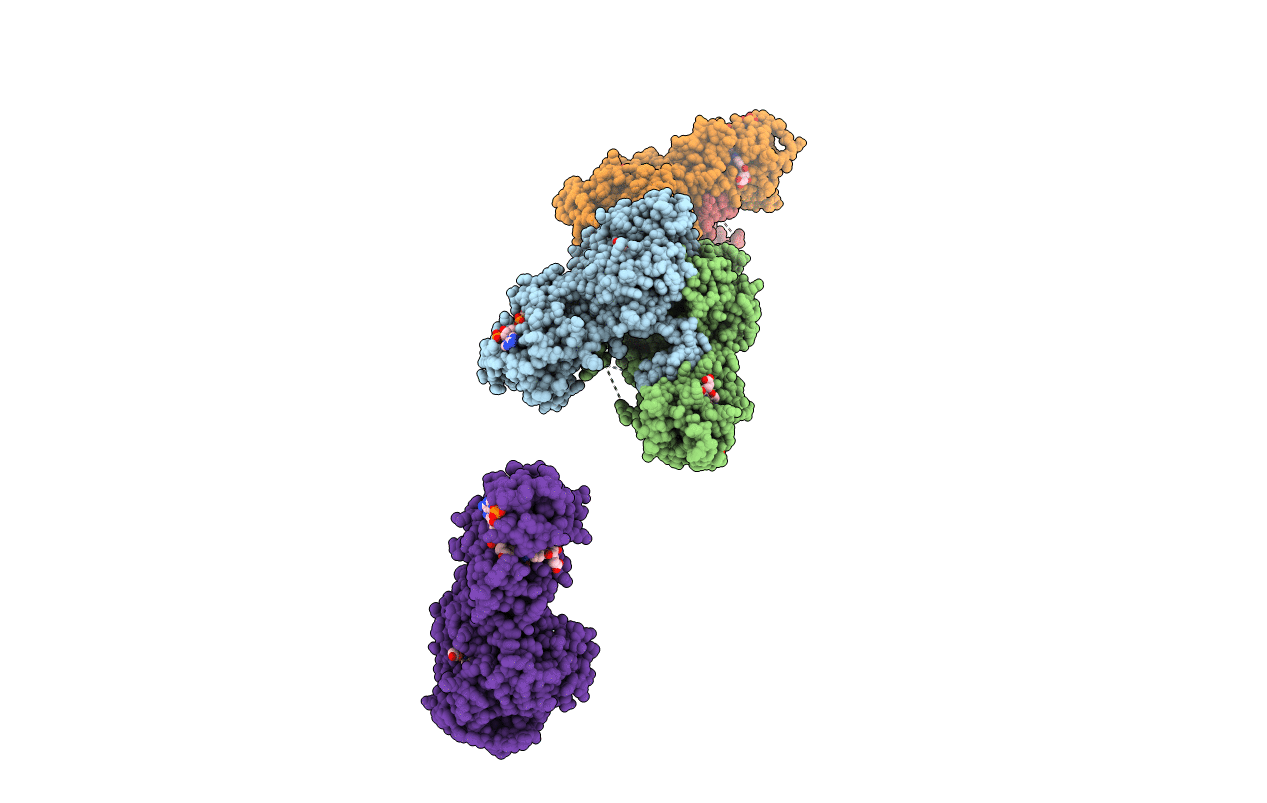
Deposition Date
2008-06-26
Release Date
2008-08-19
Last Version Date
2023-08-30
Entry Detail
PDB ID:
3DL5
Keywords:
Title:
Crystal Structure of the A287F Active Site Mutant of TS-DHFR from Cryptosporidium hominis
Biological Source:
Source Organism:
Cryptosporidium hominis (Taxon ID: 237895)
Host Organism:
Method Details:
Experimental Method:
Resolution:
2.74 Å
R-Value Free:
0.24
R-Value Work:
0.21
R-Value Observed:
0.21
Space Group:
C 1 2 1


